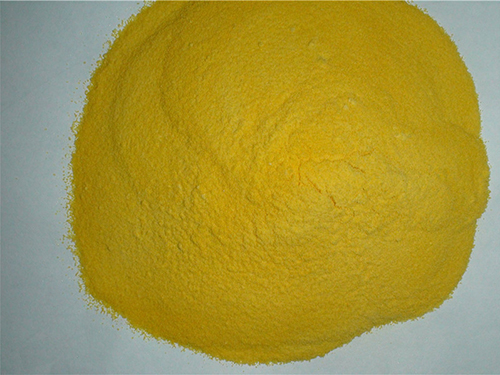Poly Aluminium Chloride Applications and Benefits in Water Treatment Processes and Technologies
Poly Aluminum Chloride for Water Treatment An Overview
Water treatment is an essential process that ensures the availability of clean and safe water for human consumption, industrial use, and environmental protection. Among the various chemical coagulants used in water treatment, Poly Aluminum Chloride (PAC) has gained significant attention due to its efficiency, performance, and cost-effectiveness. This article explores the characteristics, applications, benefits, and environmental considerations of using PAC in water treatment.
What is Poly Aluminum Chloride?
Poly Aluminum Chloride is a water-soluble inorganic polymer that is produced by the reaction of aluminum hydroxide with hydrochloric acid. It is available in various forms, including liquid and powder, and consists of a mixture of aluminum species that provides effective coagulation and flocculation properties. PAC typically contains a high level of aluminum ions, which enhance its ability to remove suspended particles, turbidity, and contaminants from water.
Mechanism of Action
The effectiveness of PAC in water treatment lies in its mechanism of coagulation and flocculation. When PAC is added to water, it undergoes hydrolysis to form a series of aluminum hydroxide species, which are positively charged. These positively charged species neutralize the negatively charged particles, colloids, and impurities present in the water. As a result, suspended particles aggregate into larger clusters or flocs, which can then be easily removed through sedimentation or filtration processes.
Advantages of PAC
1. High Efficiency PAC offers higher coagulation efficiency compared to traditional coagulants like Alum (Aluminum Sulfate). This means that lower doses of PAC are often required, leading to cost savings.
poly aluminium chloride for water treatment

3. Reduced Sludge Generation The use of PAC often results in less sludge production compared to other coagulants. This is particularly beneficial for treatment facilities as it reduces the need for extensive sludge handling and disposal.
4. Improved Water Quality PAC can significantly reduce turbidity, color, and other undesirable contaminants, leading to improved quality of treated water that meets regulatory standards.
5. Versatility In addition to drinking water treatment, PAC is also employed in industrial wastewater treatment, paper manufacturing, and cosmetic formulations, demonstrating its versatility in various applications.
Environmental Considerations
While PAC is generally considered safe and effective for water treatment, certain environmental considerations must be addressed. The potential for residual aluminum in treated water is a concern, particularly for vulnerable populations. Thus, monitoring and managing residual levels is essential to ensure safety. Furthermore, the production and disposal of PAC must be conducted responsibly to minimize any environmental impact.
Conclusion
Poly Aluminum Chloride stands out as a superior coagulant for water treatment applications due to its efficiency, flexibility, and lower environmental footprint compared to traditional coagulants. As the demand for clean water continues to rise globally, the use of PAC is likely to increase, supporting water treatment facilities in their quest to deliver safe and high-quality water. Continuous research and advancements in PAC formulations will further enhance its effectiveness, ensuring it remains a key player in the field of water treatment.
-
Understanding Polycarboxylic Acids: Properties, Applications, and Future PotentialNewsJul.28,2025
-
Scale Inhibitor Explained: How to Protect Your System from Limescale and Hard Water DamageNewsJul.28,2025
-
Scale and Corrosion Inhibitors: Essential Chemicals for Industrial Water System ProtectionNewsJul.28,2025
-
Polyaspartic Acid: A Biodegradable Polymer for Sustainable ChemistryNewsJul.28,2025
-
Isothiazolinones: A Versatile Antimicrobial Class with Industrial Power and Regulatory ChallengesNewsJul.28,2025
-
A Deep Dive into 2-Phosphonobutane-1,2,4-Tricarboxylic Acid (PBTC)NewsJul.28,2025





